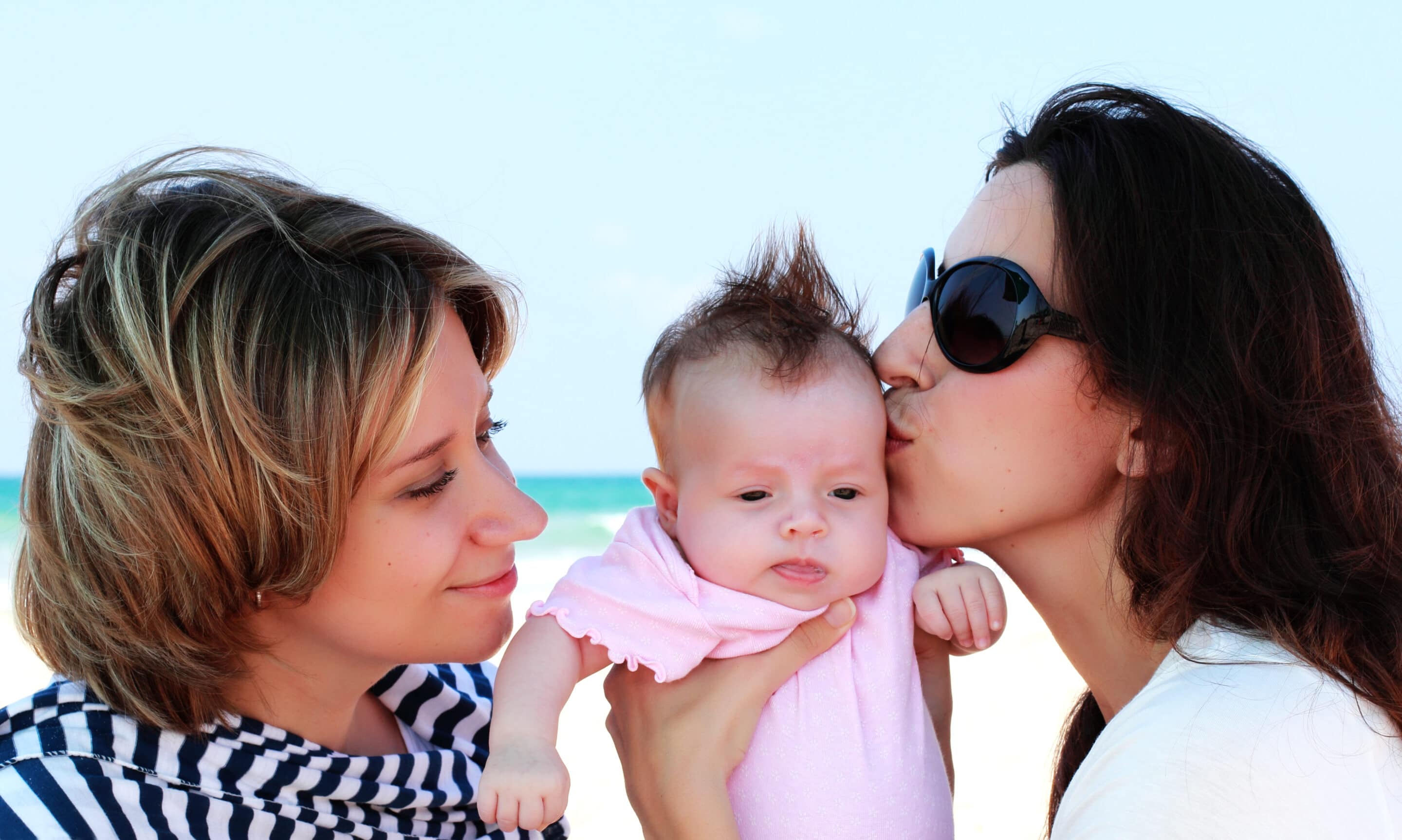why Space Pregnancies?

Birth spacing is the practice of waiting between pregnancies. It has numerous health and social benefits. Unfortunately, closely spaced pregnancies are common in the U.S. and more than half of
Healthier Moms
Waiting at least 18 months between pregnancies allows moms to recover. A short interval between pregnancies increases the risk of:
- Nutrient depletion from the first pregnancy and breastfeeding
- Uterine rupture
- Third-trimester bleeding
- Anemia
- Mental health issues, including a higher risk of postpartum depression and stress
Sources:
https://news.sanfordhealth.org/womens/spaced-pregnancies/
https://www.babyyourbaby.org/expert-advice/spacing.php
Healthier Babies
Close birth spacing, especially under 18 months, increases the risk of:
- Premature birth
- The placenta partially or completely peeling away from the inner wall of the uterus before delivery (placental abruption)
- Low birth weight
- Congenital disorders
- Schizophrenia
- Autism in the second born, if born within two years. The risk is even higher if born within one year of the first pregnancy.
These risks and recommendations don’t apply to pregnancy spacing after miscarriages.
Source: Mayo Clinic
Better Outcomes for Kids
Spacing births
